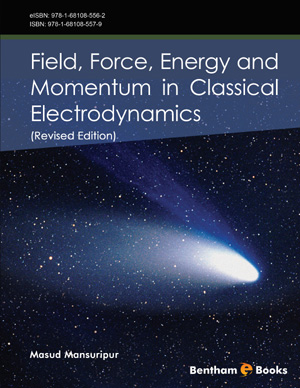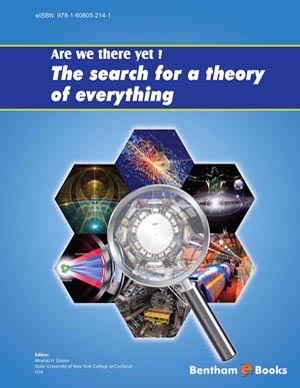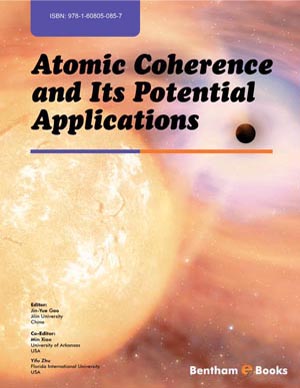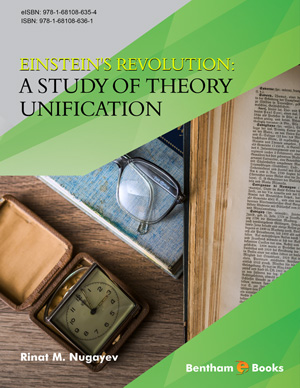Abstract
This chapter provides a simple physical proof of the reciprocity theorem of classical electrodynamics in the general case of material media that contain linearly polarizable as well as linearly magnetizable substances. The excitation source is taken to be a point-dipole, either electric or magnetic, and the measured field at the observation point can be electric or magnetic, regardless of the nature of the source dipole. The electric and magnetic susceptibility tensors of the material system may vary from point to point in space, but they cannot be functions of time. In the case of spatially non-dispersive media, the only other constraint on the local susceptibility tensors is that they be symmetric at each and every point. The proof is readily extended to media that exhibit spatial dispersion: For reciprocity to hold, the electric susceptibility tensor χE_ mn that relates the complex-valued magnitude of the electric dipole at location rm to the strength of the electric field at rn must be the transpose of χE_nm. Similarly, the necessary and sufficient condition for the magnetic susceptibility tensor is χ M_mn=χ T M_nm.








.jpg)




